When shopping for pendant lighting, many people use the terms modern and contemporary interchangeably. While they might sound similar, they reflect different design philosophies. Understanding the difference between modern pendant lights and contemporary pendant lighting can help you make a better decision for your home or commercial space.
In this guide, we’ll explore their definitions, design features, ideal placements (like kitchen pendant lights), and how to choose between the contemporary pendant lights and modern pendant lights.
What Are Modern Pendant Lights?
Modern pendant lights refer to fixtures inspired by the Modernist movement that spanned the early to mid-20th century (roughly 1920–1970). The style is defined by clean lines, geometric shapes, and a "form follows function" philosophy.
Key Features of Modern Pendant Light Designs:
-
Neutral colors like black, white, grey, or earth tones
-
Simple materials such as metal, glass, and wood
-
Geometric shapes (e.g., spheres, cylinders, cones)
-
Minimal ornamentation
-
Focus on function and utility
Modern pendant lights often work best in spaces that value timeless aesthetics and architectural simplicity.
Read: 10 Stunning Modern Pendant Lights to Elevate Your Home in 2025
What Is Contemporary Pendant Lighting?
Contemporary pendant lighting refers to current and trending design styles. It’s ever-evolving and often borrows from various aesthetics—minimalist, industrial, mid-century, or even futuristic styles.
Key Features of Contemporary Pendant Lights:
-
Cutting-edge designs and materials
-
Bold shapes or asymmetrical forms.
-
Colorful accents or mixed finishes.
-
Smart technology or LED integration.
-
Artistic or sculptural influences.
These are ideal for anyone who wants their space to reflect what’s in style now and make a bold statement.
Read: A Beginner’s Guide to Contemporary Pendant Lights
Comparing Modern vs. Contemporary Pendant Lights
|
Feature |
Modern Pendant Lights |
Contemporary Pendant Lighting |
|
Design Origin |
1920s–1970s (Modernist Era) |
Evolving, current trends |
|
Materials |
Metal, wood, glass |
Mixed materials, innovative finishes |
|
Color Scheme |
Neutral, monochromatic |
Bold, trending, or layered tones |
|
Shape |
Symmetrical, geometric |
Experimental, sculptural |
|
Lighting Focus |
Function over form |
Form and function combined |
|
Best Rooms |
Minimalist kitchens, living rooms |
Trendy dining rooms, show-stopping entryways |
|
Mood |
Calm, understated elegance |
Bold, expressive, and trendy |
Ideal Use Cases
Modern Pendant Light in the Kitchen
A matte black pendant over a marble island delivers a clean and timeless look.
Contemporary Pendant Lights in the Dining Area
A sculptural LED pendant with mixed brass and acrylic makes a striking centerpiece above a dining table.
How to Choose the Right One
Here are some tips:
-
For timeless appeal → Go with modern pendant lights.
-
For a fashion-forward look → Choose contemporary pendant lighting.
-
For focused task lighting → Modern pendants often offer clearer directional lighting.
-
For visual drama → Contemporary styles may incorporate ambient or layered lighting.
Read: How To Choose the Right Pendant Light Size and Placement for Your Home
How to Layer Lighting with Contemporary Pendant Fixtures
Good lighting design isn’t just about installing a few bulbs—it’s about layering light thoughtfully to create depth, mood, and functionality. Contemporary pendant lighting is a stylish and effective tool in this strategy, serving both functional and decorative roles. In this guide, you’ll learn how to layer lighting beautifully using contemporary pendant fixtures, whether for your kitchen, living room, or any modern space.
What Is Layered Lighting?
Layered lighting combines three main types of light:
-
Ambient Lighting – The primary source of light that fills the room
-
Task Lighting – Focused lighting for specific activities (like cooking or reading)
-
Accent Lighting – Decorative lighting that highlights features or creates mood
Contemporary pendant lights can be adapted for all three layers, depending on placement, design, and intensity.
Step-by-Step: How to Layer Lighting with Pendant Fixtures
1. Start with Ambient Lighting
Use larger or multi-bulb contemporary pendant fixtures to create an even wash of light across the room. A modern pendant light with a wide, translucent shade can offer soft, general lighting.
Tip: Choose pendants with dimmable features to adjust the mood easily.
2. Incorporate Task Lighting
Install kitchen pendant lights above islands, countertops, or workstations. Choose designs that focus light downward to illuminate work surfaces without harsh shadows.
Example: A trio of cone-shaped contemporary pendants above a kitchen island combines beauty with practicality.
3. Add Accent Lighting
Use smaller or decorative modern pendant lights to draw attention to art, architectural features, or furniture. Pendants with bold designs or colorful elements can act like jewelry for your space.
Tip: Accent pendants don’t need to be overly bright—ambient glow is enough.
Key Tips for Success
-
Mix Pendant Heights: Varying the hanging lengths adds dimension and drama.
-
Group in Odd Numbers: Clusters of three or five pendant lights often look more natural and balanced.
-
Coordinate Finishes: Match pendant metals or finishes with other hardware for a cohesive look.
-
Control Separately: Install different layers on separate switches or smart systems for greater flexibility.
-
Match Scale to Space: Oversized pendants work well in open-plan areas, while smaller pendants suit compact spaces.
Examples of Layering with Contemporary Pendant Lighting
|
Room Type |
Pendant Use |
Other Lighting to Layer |
|
Kitchen |
Task lighting over island |
Recessed lights + under-cabinet LEDs |
|
Living Room |
Accent lighting over side tables |
Floor lamps + sconces |
|
Dining Room |
Ambient lighting with a large centerpiece pendant |
Wall lights + candles |
|
Bedroom |
Hanging bedside pendants (task lighting) |
Table lamps + ceiling lights |
FAQs About Layering Lighting with Contemporary Pendants
-
Can contemporary pendant lighting serve as the only light source?
It can for small rooms, but layering ensures better balance and mood flexibility.
-
How high should pendant lights hang?
Typically 30-36 inches above countertops or tables for task lighting.
-
Are kitchen pendant lights enough for cooking tasks?
Combine them with under-cabinet lighting for maximum efficiency.
-
Can I use pendant lights for accent lighting?
Yes—small pendants over a console or artwork can act as stunning accent lights.
-
What bulb type is best for contemporary pendant lighting?
LED bulbs are efficient, long-lasting, and offer various warmth options.
-
How do I layer lighting without overcrowding the room?
Plan layouts carefully; not every corner needs a fixture. Use dimmers for flexibility.
-
Do I need an electrician to install pendant fixtures?
For safety and proper wiring, yes—especially if creating multiple lighting zones.
-
Can I layer different pendant styles in one room?
Yes, but maintain harmony through similar materials, finishes, or color schemes.
-
How many pendant lights should be above a kitchen island?
Usually 2–3 pendants spaced evenly apart.
-
Can pendant lighting replace table lamps?
Absolutely—hanging bedside or desk pendants free up surface space stylishly.
-
What wattage should pendant lights be?
Depends on purpose—brighter for task, softer for accent or ambient lighting.
-
How do I prevent glare from pendant lights?
Choose fixtures with diffusers or frosted glass shades.
-
Are dimmable pendant lights important?
Very—they allow you to change the vibe from bright task-focused to soft relaxation mode.
-
How do contemporary pendant lights differ from traditional ones?
Contemporary styles tend to be more sculptural, minimalist, and trend-driven.
-
Can I layer lighting in a small room?
Yes—just scale fixture sizes appropriately and avoid overcrowding.
-
Are modern and contemporary pendant lights the same?
No, modern refers to a specific historic design period; contemporary refers to current trends.
-
Which style is better for a minimalist home?
Modern pendant lights suit minimal spaces with their clean lines and simplicity.
-
Do contemporary pendant lights go out of style quickly?
They can, as they reflect current trends which may evolve every few years.
-
Are kitchen pendant lights better in modern or contemporary style?
Depends on your kitchen’s look—modern for timeless elegance, contemporary for bold design.
-
What materials are used in modern pendant lighting?
Commonly metal, wood, and frosted or clear glass.
-
Can I mix modern and contemporary pendant lights in one home?
Yes, especially in eclectic or transitional spaces. Just maintain a cohesive color palette.
-
Is contemporary lighting more expensive?
It can be, especially if it features designer elements or cutting-edge tech.
-
Which is easier to maintain?
Modern pendant lights are typically easier to clean due to their minimal surfaces.
-
Are LED bulbs used in both styles?
Yes, both modern and contemporary pendant lighting can use energy-efficient LEDs.
-
Can pendant lights be dimmable?
Absolutely—just make sure the fixture and bulb are compatible with dimmer switches.
-
What ceiling height suits pendant lights?
Ideal for ceilings 8 feet and above. Adjustable cords or rods help adapt to various heights.
-
How many pendant lights should I hang over a kitchen island?
Typically 2 to 3 evenly spaced pendants for symmetry and adequate lighting.
-
Are there cordless pendant lighting options?
Some battery-operated or rechargeable versions exist but are less common for hardwired fixtures.
-
Can I install pendant lights myself?
Basic installations may be DIY-friendly, but always consult an electrician for safety.
-
Do pendant lights work in bathrooms?
Yes—ensure the fixtures are rated for damp or wet locations, especially near showers.
Final Thoughts
Whether you're leaning toward the sleek simplicity of modern pendant lights or the bold creativity of contemporary pendant lighting, both styles offer something unique. If you want a timeless and practical fixture, go modern. If you're seeking flair and artistic edge, go contemporary.
For kitchen pendant lights, balance functionality with style—especially in open-concept designs. And remember, pendant lighting doesn’t just illuminate a room—it helps define it.





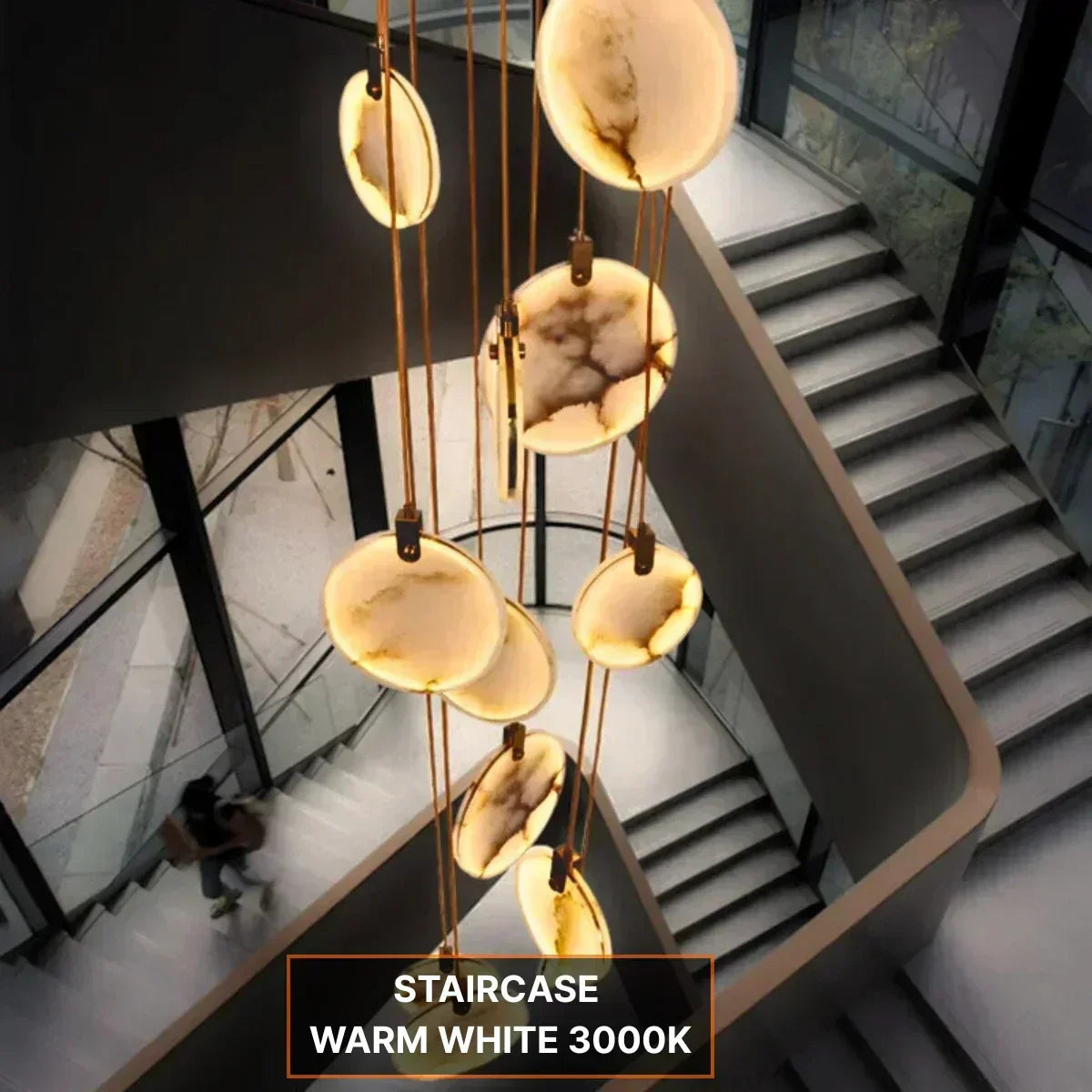
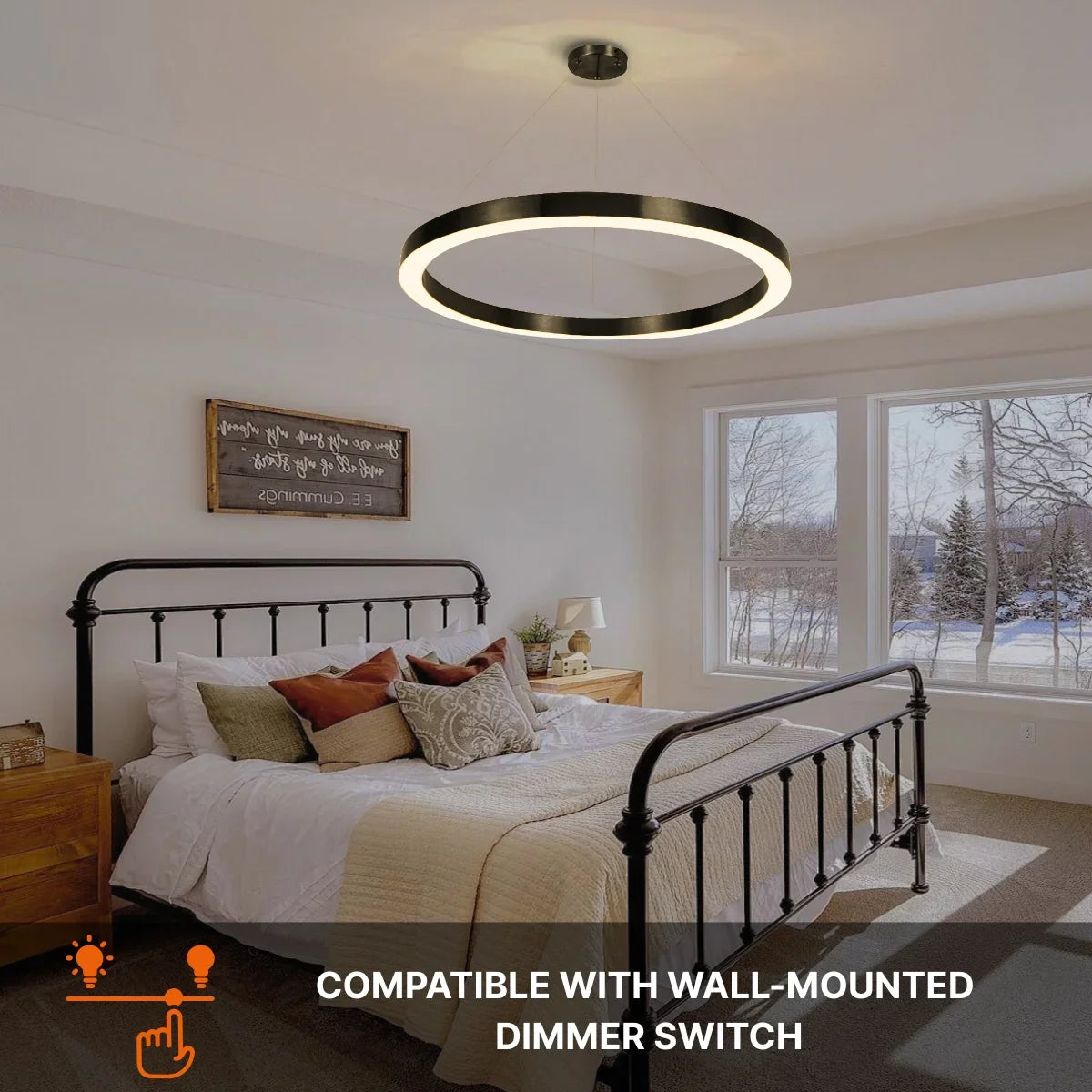
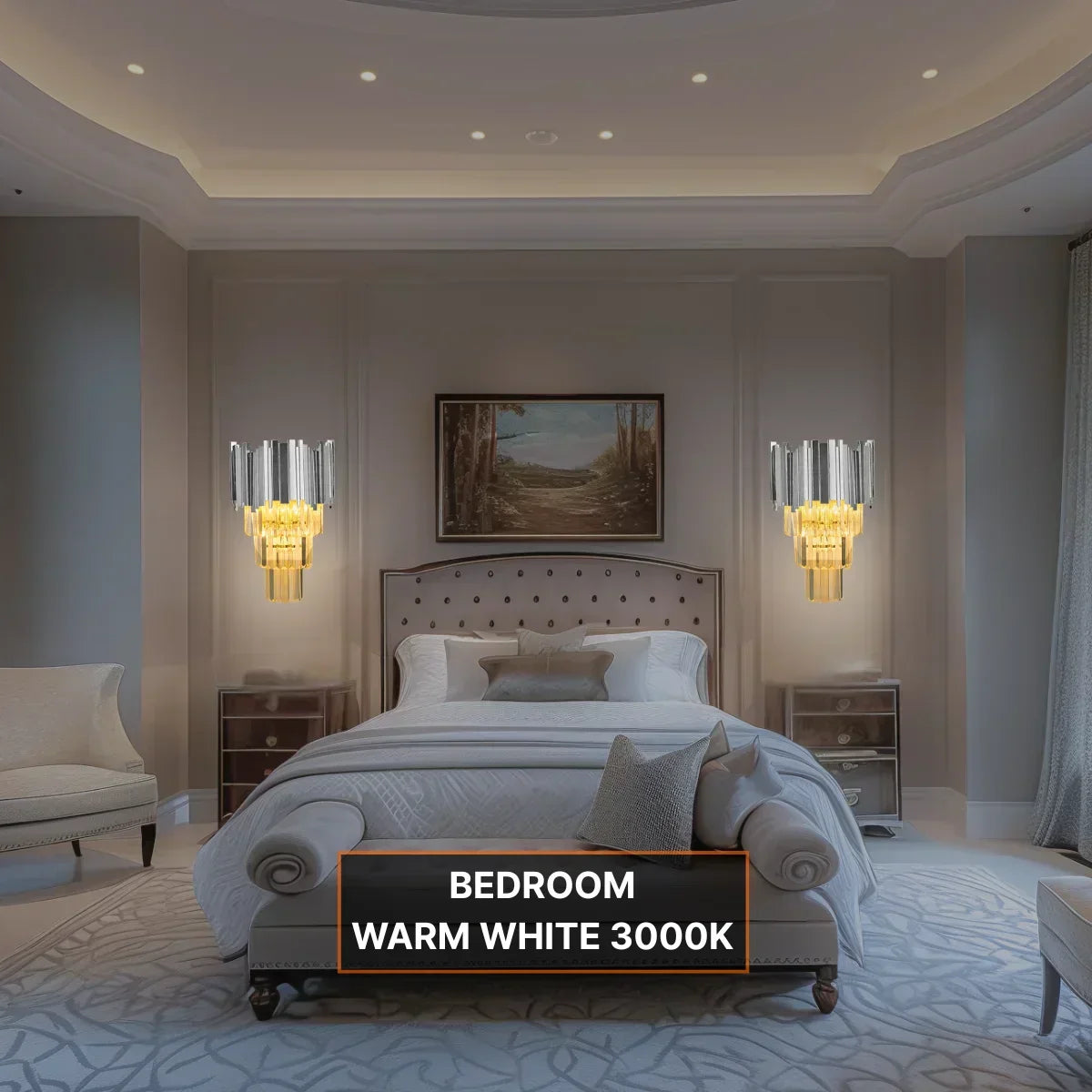


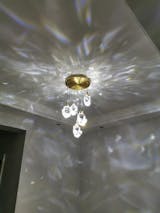
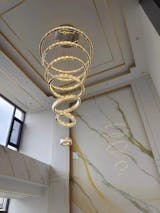
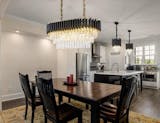
Share:
How To Clean and Maintain Contemporary Pendant Lights: A Complete Guide
How to Mount a Modern Chandelier Easily: A Complete Guide